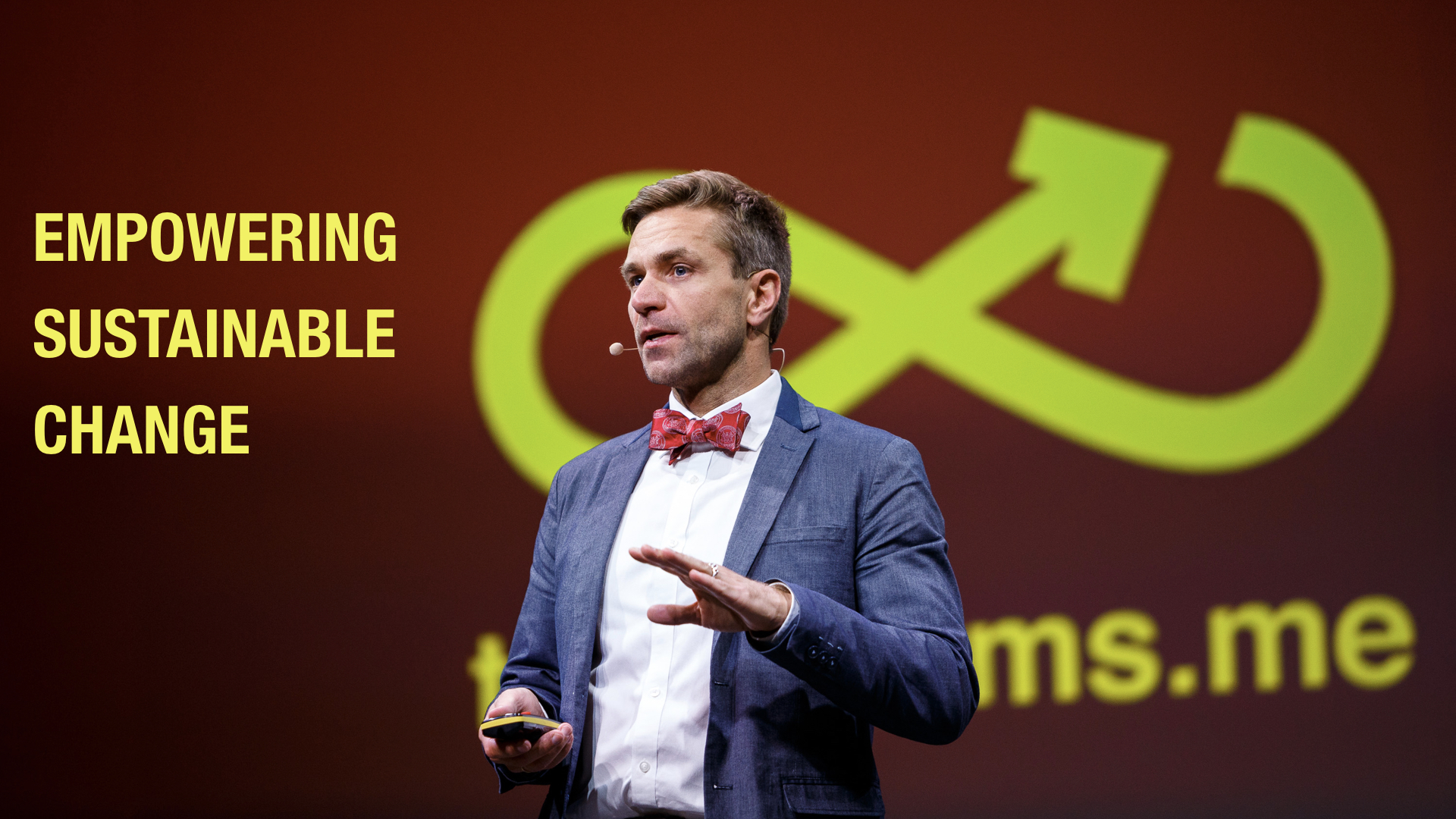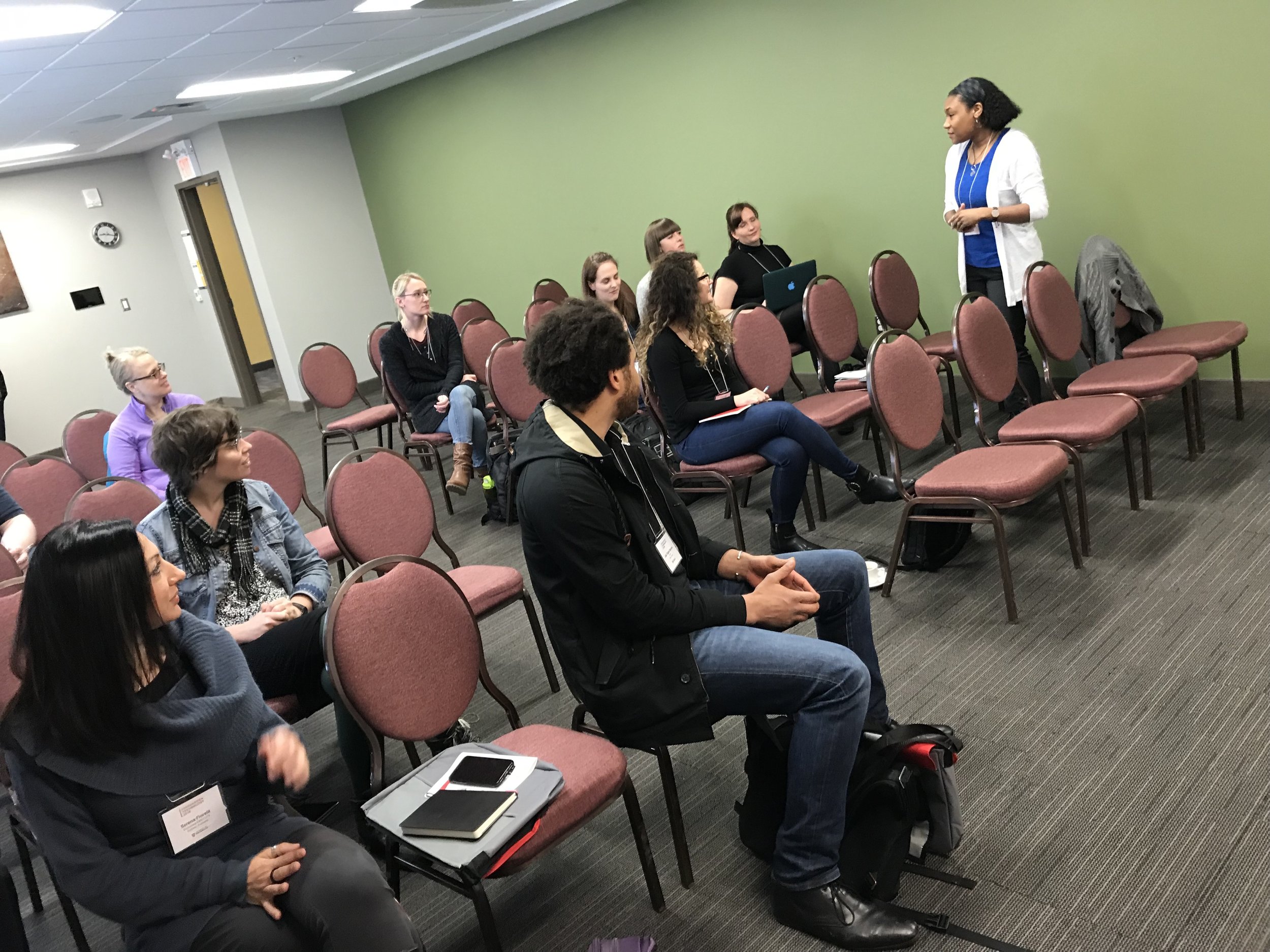
Empowering Sustainable Change
Emergence of Transforming Wellbeing Theory (TWT) Tutorial
Majority of global problems and business challenges are byproducts of poor human attitude and behavior. Communities, societies, businesses, and organizations, basically everyone needs help with transformations. People often tend to perceive changes as something difficult, impossible, and mystical, thus are willing to avoid them. That attitude naturally leads to poorer decisions and consequent behavioral outcomes. This science-driven tutorial demystifies transformation by introducing:
Transforming Wellbeing Theory (TWT) — that explains the essentials of and inevitable necessity for transformation,
Typology of Change — that clarifies the variety of different changes, and
Transforming Framework — that provides 8 (eight) applicable tools for bending technological innovations with human nature to empower sustainable changes at scale.
Due to its scientific richness and practical nature, this transforming tutorial is applicable in many essential contexts, including wellbeing, health, innovation, leadership, autonomy, commercialization, education, diversity, culture, sustainability, dwelling, equality, social change, governance, automation, emergency, management, marketing, art, safety, ecology, and economy.
Transforming Wellbeing Theory
Transforming Wellbeing Theory is emerging as an inevitable response to the ever-growing imbalance in our lives across the globe [15]. Over the decades, we have been advancing technologies to make our lives better and businesses growing. The fundamental question still remains: with all the evolving technologies, are we gaining decent success in achieving healthier societies and well performing organizations? Every crucial domain of our lives continuously provides evidence of how things are getting imbalanced despite us making huge progress in building increasingly capable innovations. This work summarizes the state-of-the-art scientific insights and practical applications to transform lives and accelerate businesses at global scale.
Present knowledge on persuasive technology often reveals how behavior change designs and interventions are limited in sustaining their effects [5-6]. There is an increasing need for novel ways to design technology that helps people not only to achieve their goals, but also to support sustaining their newly developed habits. Transforming innovations should ultimately empower people and organizations to succeed in their desired and more often even inevitable changes. Thus, the theory aims at extending the understanding beyond limitations of traditional change management and behavioral designs.
The theory is highly instrumental for organizations and communities that are designing for and undergoing transformations, as it provides and helps internalizing easy to use methods and tools for achieving permanent behavior change. This science-driven work embodies advanced knowledge on how to design sustainable changes, including Typology of Change and Transforming Framework.
Typology of Change
Scientific literature [1] [3-4] [16] reveals three general types of change: transactional, transitional, and transformational (Fig. 1). Transactional change is usually defined as an occurrence producing an outcome that differs from previous preferences. Then, transitional change is often defined as a period, in which certain outcomes significantly differ from what was habitual before. However, transformational change manifests itself as a continuum having direction as well as magnitude to produce apparently irreversible shifts.
The three types of change have their characteristics, including general descriptions, overall perspective, perceived timelines, orientations, nature, metrics, underlying psychology, and some examples provided in Table 1.
Transforming Framework
Despite acknowledgeable progress in designing persuasive technologies, many behavioral design interventions still produce unsustainable effects on target audiences [8]. To help scientists and practitioners creating technology designs for sustainable change [7] and wellbeing [10], a science-driven Transforming Framework is introduced (Fig. 2).
Transforming Framework embodies 8 (eight) scientifically driven tools that leverage prior knowledge on triadic reciprocal determinism (TRIANGLE) [2], elaboration and behavioral modeling (CURVE) [6] [9], essential components for defining transformation (METRIC) [14], susceptibility to influence and change (CIRCLES) [14], key layers of transforming technology design (ARCHITECTURE) [14], fundamentals of socially influencing systems (SOCIUM) [11], typology of computer-supported influence (MODERATION) [12], and dark patterns and persuasive backfiring (ETHICS) [13].
Event
This is the fourth sequential event succeeding the “Persuasive Urban Mobility” workshop in 2015, the “Empowering Cities for Sustainable Wellbeing” workshop in 2016, and the “Transforming Sociotech Design” tutorial in 2018. The number of participants has significantly grown over these events, which evidences their importance and relevance to the Persuasive Technology community, especially the conference participants. This upgraded tutorial will introduce and explain how the
Transforming Wellbeing Theory (TWT) contributes to the Persuasive Technology (PT) research by extending our understanding beyond limitations of traditional behavioral change designs and interventions.
This tutorial addresses highly important research direction that influences the future of PT and ways to properly and ethically design our ever-increasing technology-supported environments. The PT community will benefit from the advanced knowledge and immediate capacity of applying the fundamental strategies and frameworks to transform lives.
Organizers
Prof. Agnis Stibe, ESLSCA Business School Paris, France
Kathrin Röderer, Austrian Institute of Technology, Austria
Michaela Reisinger, Austrian Institute of Technology, Austria
Tobias Nyström, Uppsala University, Sweden
Transforming Sociotech Design tutorial 2018
References
Amado, G., Ambrose, A.: The Transitional Approach to Change. Karnac Books (2001)
Bandura, A.: Social Foundations of Thought and Action: A Social Cognitive Theory. Prentice Hall, Englewood Cliffs (1986)
de Biasi, K.: The Interdependent Relation between Continuity and Change. In Solving the Change Paradox by Means of Trust, pp. 45-75. Springer Gabler, Wiesbaden (2019)
Burke, W. W., Litwin, G. H.: A Causal Model of Organizational Performance and Change. Journal of Management, 18(3), pp. 523-545 (1992)
Chatterjee, S., Price, A.: Healthy Living with Persuasive Technologies: Framework, Issues, and Challenges. American Medical Informatics Association Journal 16, 171–178 (2009)
Fogg, B.J.: Persuasive Technology: Using Computers to Change What We Think and Do. San Francisco: Morgan Kaufmann (2003)
Mustaquim, M. M., Nyström, T.: A System Development Life Cycle for Persuasive Design for Sustainability. In: MacTavish, T., Basapur, S. (eds.) Persuasive Technology, LNCS, vol. 9072, pp. 217–228. Springer, Heidelberg (2015)
Orji, R., Moffatt, K.: Persuasive Technology for Health and Wellness: State-of-the-Art and Emerging Trends. Health Informatics Journal (2016)
Petty, R. E., Cacioppo, J. T.: The Elaboration Likelihood Model of Persuasion. In Communication and Persuasion, pp. 1-24. Springer, New York, NY (1986)
Röderer, K., Reisinger, M. R., Stibe, A.: Well-Being in Persuasive Technology Research: A Systematic Review (forthcoming)
Stibe, A.: Towards a Framework for Socially Influencing Systems: Meta-Analysis of Four PLS-SEM Based Studies. In: MacTavish, T., Basapur, S. (eds.) Persuasive Technology, LNCS, vol. 9072, pp. 171–182. Springer, Heidelberg (2015)
Stibe, A.: Advancing Typology of Computer-Supported Influence: Moderation Effects in Socially Influencing Systems. In: MacTavish, T., Basapur, S. (eds.) Persuasive Technology, LNCS, vol. 9072, pp. 251–262. Springer, Heidelberg (2015)
Stibe, A., Cugelman, B.: Persuasive Backfiring: When Behavior Change Interventions Trigger Unintended Negative Outcomes. In International Conference on Persuasive Technology, pp. 65-77. Springer (2016)
Stibe, A., Larson, K.: Persuasive Cities for Sustainable Wellbeing: Quantified Communities. In International Conference on Mobile Web and Information Systems (MobiWIS), pp. 271-282. Springer International Publishing (2016)
Stibe, A.: Envisioning the Theory of Transforming Wellbeing: Influencing Technology and Sociotech Design. The 7th Mediterranean Conference on Embedded Computing (MECO). IEEE Conferences. Page 6. Keynote. June 10-14, 2018, Budva, Montenegro (2018)
Vito, G. F., Higgins, G. E., Denney, A. S.: Transactional and Transformational Leadership: An Examination of the Leadership Challenge Model. Policing: An International Journal of Police Strategies & Management, 37(4), pp. 809-822 (2014)






















